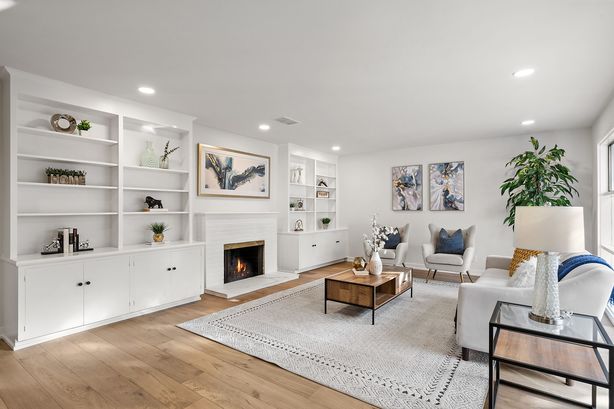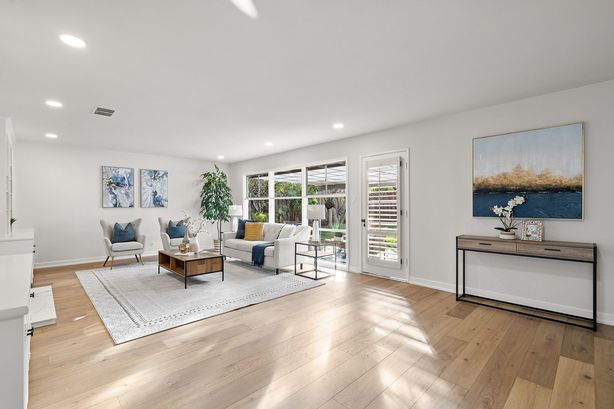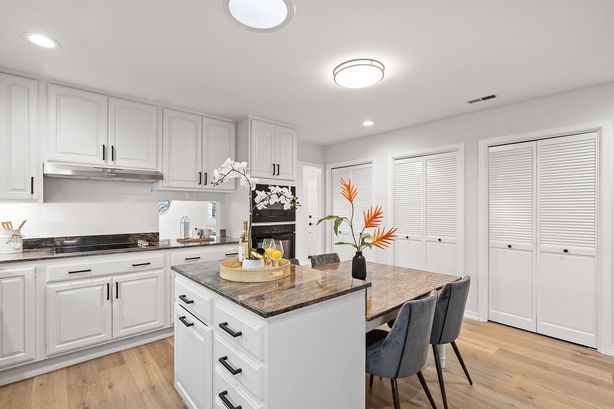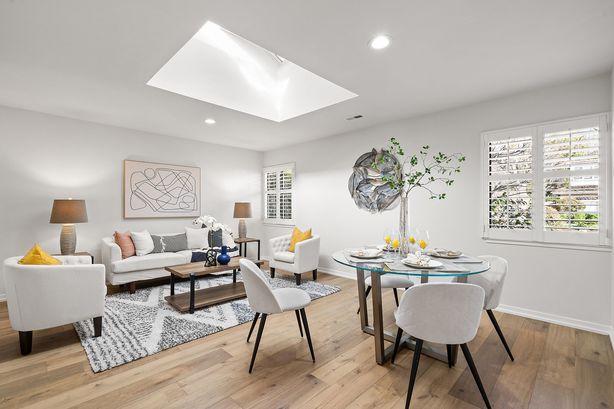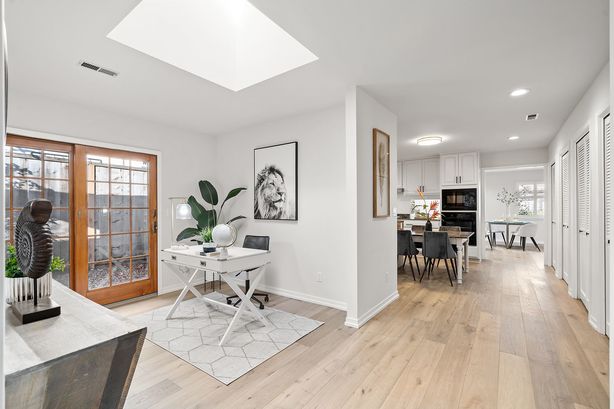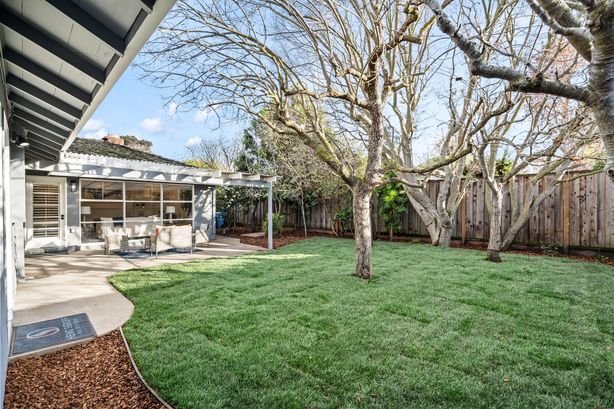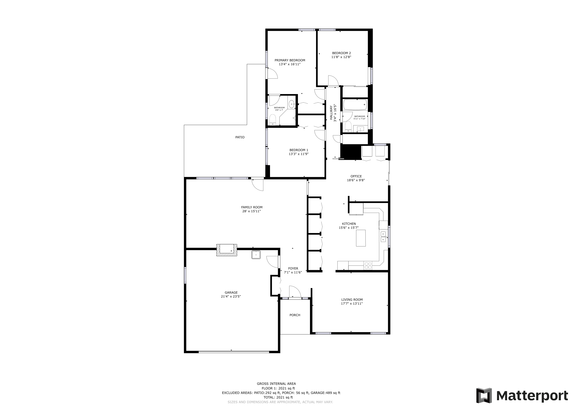- HOME
- Listings
- 90 Walnut Avenue, Atherton
- 351 Jeter Street, Redwood City
- 195 Sunnyside Avenue, Campbell
- 335 Park Street, Redwood City
- 641 10th Avenue, Menlo Park
- 19541 Almaden Road, San Jose
- 1489 Burrell Court, San Jose
- 27239 Dunbar Place, Hayward
- 4250 El Camino Real #A301, Palo Alto
- 26 Erstwild Court, Palo Alto
- 795 Helena Drive, Sunnyvale
- 1450 Bittern Drive, Sunnyvale
- Find a Home
- Past Listings
- Buyers
- Sellers
Listings
- 90 Walnut Avenue, Atherton
- 351 Jeter Street, Redwood City
- 195 Sunnyside Avenue, Campbell
- 335 Park Street, Redwood City
- 641 10th Avenue, Menlo Park
- 19541 Almaden Road, San Jose
- 1489 Burrell Court, San Jose
- 27239 Dunbar Place, Hayward
- 4250 El Camino Real #A301, Palo Alto
- 26 Erstwild Court, Palo Alto
- 795 Helena Drive, Sunnyvale
- 1450 Bittern Drive, Sunnyvale
- Find a Home
- Past Listings







